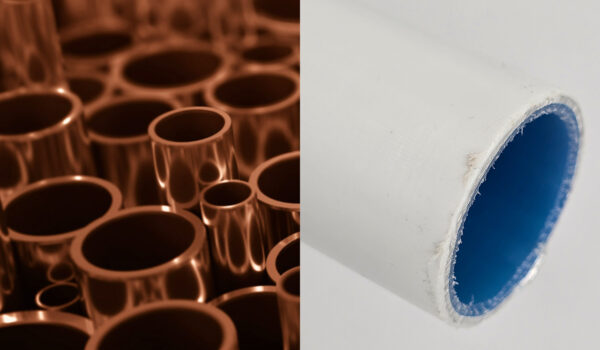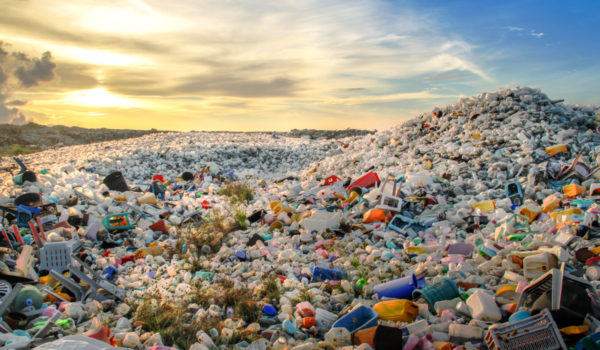Since the 1950s, when plastic started to be produced on an industrial scale, researchers believe we have produced over 8.3 billion tonnes of the single-use material globally.
While the negative impact of plastics on the planet is clear and well documented, it is recent research around its effect on our bodies that’s damning for the case of continued plastic production.
Jo Royle, founder of the charity Common Seas – a social enterprise tackling the plastic pollution crisis, led calls for research into the direct health effects of plastic, saying “we have a right to know what all this plastic is doing to our bodies.”
Common Seas is one of 80 NGOs who have teamed up with scientists and MPs to push the government to fund further research into the health impacts of plastics on humans.
While campaigners have been pressuring the government in the UK, there has been a research project published in the Journal Environmental International by the Vrije Universiteit Amsterdam in the Netherlands. The study consisted of testing 22 anonymous blood samples from healthy adults for microplastic particles.
Learn more about the plastic problem below.
Microplastics found in human blood
The study found that 17 out of the 22 human blood samples contained microplastic particles. The most prominent type of plastic, found in over half the samples, was PET plastic, which is commonly used in water bottles and food packaging. A third of the samples contained polystyrene, which is famously used for packaging products, and a quarter of the samples contained polyethene, a plastic commonly associated with plastic carrier bags.
The fact that plastics we use on an everyday basis have been scientifically proven to enter our bloodstreams is a frightening prospect. This is the first indication in science of polymer plastic particles in human blood, and Professor Dick Vethaak who was involved in the project believes it is reasonable for people to be concerned.
Is finding microplastics in human blood dangerous?
The simple answer is that we do not know yet with this being a ‘breakthrough’ study. But academics such as Dr Fay Couceiro, an expert in environmental pollution at the University of Portsmouth explains how the simple fact is blood travels throughout the body, around every organ, so it is likely microplastics can be found in more than our blood inside the human body. Worryingly, in a separate study, microplastics have even been found in the placentas of pregnant women.
One theory states that microplastics could latch on to the outer membranes of red blood cells and could therefore limit cells’ ability to absorb and transport oxygen. This theory is supported by the effect plastic pollution has on our planet; bacteria in the ocean that produces 10% of the oxygen we breathe are susceptible to plastic pollution in the same way our red blood cells could be.
What we can do whilst the science continues to develop around this subject is to reduce our reliance on single-use plastic products, reducing the ability for microplastics to be absorbed into our bloodstreams. In the construction industry, we can look to reduce the use of plastics in our piping, opting for more sustainable materials such as copper in their place.
Learn more about the risks of microplastics below.
Choose copper over plastic
Copper pipe is the professional choice for the construction industry. In contrast to the potential health risks plastic holds, copper pipe is proven to support health and wellbeing with its naturally occurring antibacterial and antimicrobial properties. This prevents the growth of harmful organisms and bacteria. Unlike synthetic plastic pipe, copper pipe is 100% natural and therefore does not emit any harmful contaminants or synthetic compounds into drinking water.
On top of its superior ability to supply safe drinking water copper, unlike plastic, is 100% fully recyclable and can be infinitely recycled with no loss in quality.
Every decision we make across all aspects of our lives will make a difference to the levels of microplastics in our ecosystems, and making more sustainable material choices, such as copper, can lead to a healthier future for all.
Learn more about the benefits of choosing copper over plastic below.

